
I again shamelessly recycle some comments I posted on the excellent blog of Fredrik Sarnblad . Then again, what is WEB 2.0 if not a never ending conversation ?
“What is a Brand, if not the footprint of a firm in popular culture ?”
… and what is more local than popular culture ? Can we really talk about Global Brands, when these brands are perceived through local cultural contexts, and are therefore local phenomenons ?
For Strategy, think global… and you know the rest for the rest
Let’s go a bit Percy BARNEVIK here. When firms “think global”, they indeed “act local” through Sales and Advertising.
Advertising has it down to two levels: Strategic Planning cares about the big picture, the global context, resources and objectives. Then Creative Process deals with the execution of the plan at field level, securing the strategic objectives set in the local context.
The need for firms to define their identity on the global level is a prerequisite of corporate coherence. Brand values and symbols are part of the organization MNCs are. Brand values can be used to support managerial choices and to inspire developments either in the Head Quarters or in local subsidiaries.
Brands and products cannot mean the same the world around, because consumption is first and foremost an appropriation process by which Consumers give the product and its benefits a specific meaning and a specific value. This process, most obviously, depends on the cultural, social and economic context.
Take the FORD Focus. A very generic compact car in Western Europe and North America, unable to qualify as premium like its competitor the VAG Golf, this model may turn into a company car complete with a chauffeur in South-East Asia.

2005 FORD Focus. It can be a run-of-the-mill
sedan or an Executive car according to the Market
The possibility of the Focus being an executive car in Thailand is why Global equipment suppliers like LEAR Corporation fit it with leather interior trimming and foldable tables that are not requested in the country of origin of the car (developed by FORD Europe).
Economic context and revenue levels play their part in defining Brands and Products to. In the streets of Port-au-Prince, women sell KELLOGS cornflakes by the cup, straight from the pack that is a fixture of morning breakfasts in many industrialized countries. What is a commodity in one country can be a luxury in another.
Creation is execution…
Fredrik Sarnblad presents an interesting chart on his blog. He describes the worst scenario of an add “exported” to another cultural context and creating a warped perception of the product or service. Below is my adaptation of Frederik’s drawing.
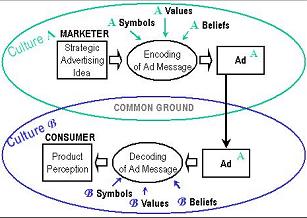
(Inspired by Fredrik Sarnblad)
Lots of funny stories can be told about this situation. One is the tale of this laundry detergent Ad, showing a pile of really dirty laundry, the miraculous product… and netly piles clean laundry.

The fun part is: How would that Ad “read”
in an Arabic cultural context ?
(Hint: Arab writing goes from Right to Left)
This “miracle product” does not look that miraculous
to wash djellabahs !
The fact that consumers schooled in an Arabic writing system (or hebraic, for that purpose) would “read” the visual of the real Ad from Right to Left might be an urban legend of International Marketing, just like the story of the CHEVROLET Nova which allegedly sold poorly in Latin America in the 1960s and 1970s because its name phonetically translated into “It does not go”.
Execution is made on the field
What saves global brands from being “Lost in translation” in other cultures is that Creations are generally made by copywriters and Art directors that stem from the local culture.
There come the Ducks. Mandarin Ducks exactly. In Traditional China, a pair of Mandarin Ducks (yuang1 yang1) symbolize marital bliss.
In the 1930s, when Shanghai developed a movie industry heavily influenced by Hollywood, cutting to a pair of Mandarin Ducks effortlessly gliding on a pond in the morning was a clever way to say that two lovers had spent a beautiful night, instead of using Western codes to suggest the same idea… at the risk of alienating the audience.

Insight: A pair of Ducks gliding on a calm pond
symbolise a perfect marriage in Chinese tradition
This might be because they seem to glide effortlessly,
while they are paddling like crazy below the surface !
When I saw this poster for a Singaporean Jeweler, featuring a pair of Mandarin Ducks with the tagline “Every jewel is an Asian story”, I immediately understood, from my previous knowledge of Chinese symbols, that the creation was conveying a message of harmony and marital bliss. Other posters from the same campaign were unreadable for me. One feature bamboo prominently, and since I have no information about what bamboo symbolizes in Chinese culture, the effect of that ad was lost on me.
If the Communication Idea defined by the Strategic Planner was to embed the product (jewels) with symbols of marital bliss, a North American Creative Director would have chosen a pair of Doves to create an Ad that would have been engaging and immediately understandable by Western audiences.

Doves are not the universal symbol of Love.
I wonder what Chinese people would understand
from this image
With International agencies developing their network globally (i.e. locally, with subsidiaries staffed with local talent), the risk of having Ads “lost in translation” is diminished. Global Accounts are generally handled by these global networks, that ensure a smooth transition of the brand message across cultural boundaries.
One recent example of “mistranslation” happened to Zoe TAY, a Singaporean star, who lent her face to the Advertising campaign of a Cosmetic brand.

OK, Ms TAY “swallows” (2006)…
Which also means that she a modern woman,
confident in her skin, living life to the fullest.
Maybe the “misunderstanding” was not one?
That campaign created a mini controversy with its ambiguous and potentially raunchy tag line. That the controversy have or have not done some good for the value of the Brand advertised is better to be left to the local Marketing team.
What struck me is that the general “apology” from the firm when confronted by the press was that “Advertisers were based in London”, providing intercultural gaps as a cheap excuse.
Let’s get real here. Who in his/her sane budget-conscious mind would hire a London Ad agency to Photoshop-paste a hand written tag line on the glamour shot of a Singaporean actress ? Who in his/her right Account Management-savvy mind would believe that the ad was not approved or at least scrutinized by the Singaporean Marketing team of said cosmetic brand?
All these controversies and urband legends about the cultural differences between “The West” and “Asia” have fueled my personal interrogations since I started living in Singapore.
“What is Asia?”, “What does it mean to be Asian?”.
Professor Ishtiaq MAHMOOD interrogated my classmates about this at the beginning of his NUS course on “Asia in the Global Economy”.
If Asia goes from the Middle East (some say Dubai is an Indian city, and they do not seem to be completely wrong) to the Far East (that would be Northern Japan), it is clear that the concept of Asia is stretching the idea of a common cultural background.
Even single countries like India and China have several linguistic areas, different religions, regional climates… In every single Asian country, popular culture is evolving, embodied by young and dynamic demographics that integrate foreign influences and reconsider standards of acceptability*.
The challenge of a Regional Planner, working out Strategies that would be easily executed by Creative Teams from Karachi to Tokyo is indeed a Challenge. One that will be the next step in my career.
* Yup, that kiss between Aishwarya RAJ and Hrithik ROSHAN in DHOOM 2 was not that scandalous after all. About half the traffic on this blog is generated by this article 😉
Copyright: Alfred LARGANGE – August 2007



 Posted by Alfred
Posted by Alfred 


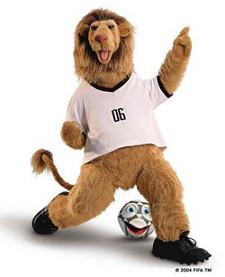




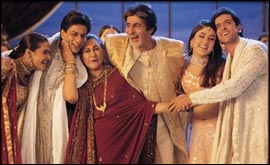

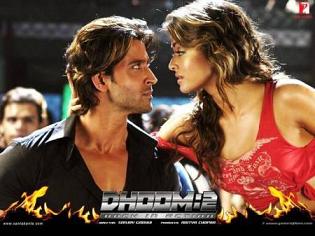

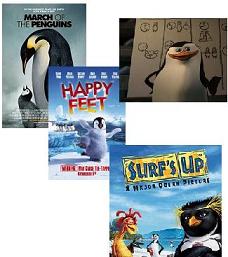

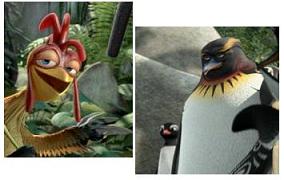
You must be logged in to post a comment.